Rhythm games have a special place in my heart. The best ones let me enter a sort of zen state as the world melts away, leaving behind just the music, my hands, and my soul. While Lost in Harmony by publisher, Playdius, and independent game developer, DigixArt Entertainment, on Nintendo Switch was never able to reach quite that level for me due to sometimes frustrating controls and imprecise hitboxes, there’s still a lot to love about this little game.
Lost in Harmony is a rhythm runner ported over from a 2016 mobile game, and at $6.99 it joins the cheaper end of the Nintendo eShop’s growing library. It includes two very tonally different stories that serve as great frames for the imperfect yet thoroughly enjoyable music experiences the game has to offer.
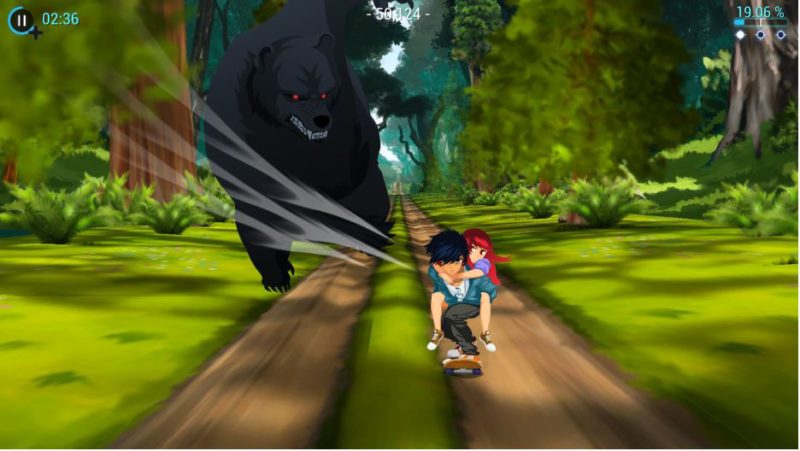
Each level in Lost in Harmony has you running towards the screen while obstacles plague you from behind, in front, and the sides, in sync with the rhythm of the track. You can move left and right to dodge hazards and collect stardust trails for points, and jump to avoid incoming obstacles indicated by an arrow at the front of the screen. Every once in a while, notes will run left to right across the screen requiring more traditional well-timed taps or button inputs.
While the core gameplay is simple enough, I found that more often than not the controls were my biggest mark against the game. Maneuvering felt slow and disjointed at times, and the note scrolling sections were difficult to grow accustomed to. Most egregiously, the B button was mapped both to jump and a note, so in some of the later stages it was serving double duty in an inconsistent and frustrating way. The Switch does have touch screen functionality, but that control scheme was finicky to the point of unplayability for me. Finger placement was awkward, especially during the note scrolling sections, and jumping was an ordeal in and of itself. This was especially disappointing, considering the game was originally built for touch devices.
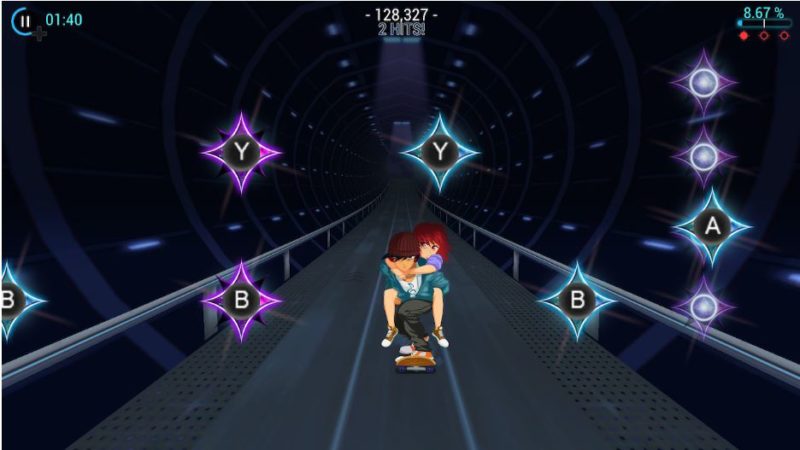
Fortunately, Lost in Harmony wins back some points with a mostly superb presentation. The visuals are fantastic and diverse, with a variety of themed settings and obstacles in each level that tell a great story to accompany the highs and lows of the music. You might spend one level in a beach town threatened by a massive tidal wave, and the next delving deeper into an industrial plant as the whirs of machinery and the hiss of steam crescendo. The hitboxes on some of the obstacles made it difficult to tell where was safe to stand as they passed by, but for the most part they were clear and easy to identify.
The character animations were a bit more of a mixed bag. Kaito, the dream-skateboarding protagonist of the game’s first story, is thoroughly dull to watch and takes up too much of the screen, sometimes blocking crucial sight of the fast-moving obstacles behind him. M.I.R.A.I., the plucky alien music robot, obscures about as much, but is at least a lot more pleasant to control, with lively animations and an unmistakable charm.
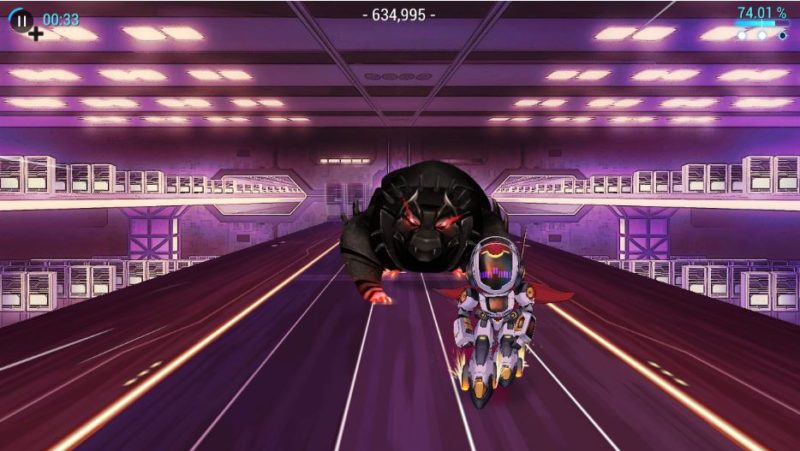
Between the two stories, Lost in Harmony includes about 25 tracks to play, with a variety of influences. Some of the music from Kaito’s story appeared to be original, especially the heavily vocal songs, but a lot of it was mashups and remixes of music from the public domain. I caught reimaginings of Ride of the Valkyries, In the Hall of the Mountain King, Beethoven’s 5th Symphony, and other classics, as well as a particularly entertaining trumpet-heavy trap setting of La Cucaracha that I would definitely add to some of my Spotify playlists. These songs, although initially surprising, felt well integrated into the levels and managed to keep my interest and attention. By contrast, the songs in M.I.R.A.I.’s story were shorter with more electronic roots. They were serviceable, but none have stayed strongly in my head even only a day after completing them. Unfortunately, there just weren’t a lot of songs that I got genuinely excited about in either story. I found the visuals that surrounded them to be a lot more compelling. (The soundtrack for Kaito’s Adventure, imagined by famous game composers and artists including Wyclef Jean, Wyclef Jean, Roc Chen, Mark Griskey, Borislav Slavov and Xilix, is also available for purchase on iTunes, Google Play, Deezer, Amazon, and Spotify.)
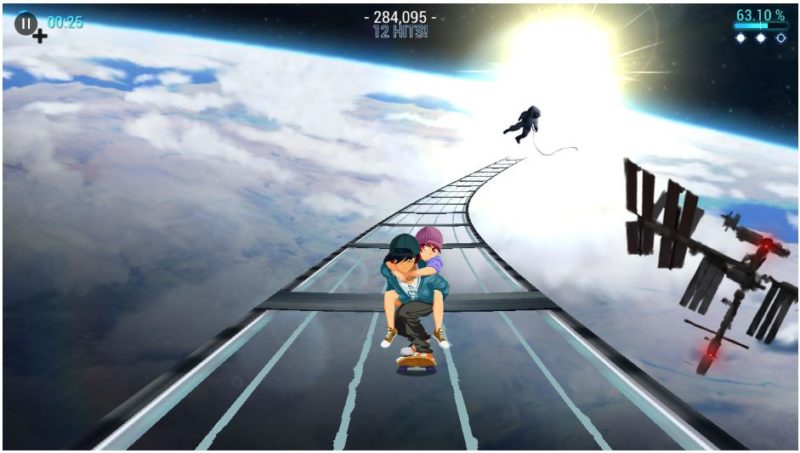
In the end, Lost in Harmony’s value comes down to what you expect out of the game. If you’re looking for a meaty rhythm game with a large song list worth taking the time to perfect, the Switch has other games that will much better fill that role. But if you’re looking for a game full of charming experiences and heart and are willing to take the time to get accustomed to the controls, look no further.
Score: 6.5/10
Check out the Lost In Harmony Nintendo Switch Launch Trailer:
Lost in Harmony is available for purchase on the Nintendo eShop and for PC via Steam for $6.99/€6.99.
Nintendo Switch Review
-
Overall Score - 6.5/106.5/10
The queer SJW gamer your parents warned you about, probably. I'll play anything once, but have a specific penchant for roguelikes, artsy puzzlers, and rhythm games.

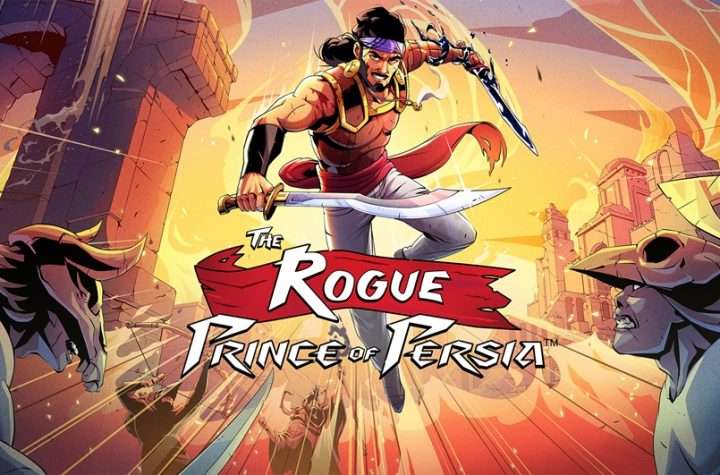
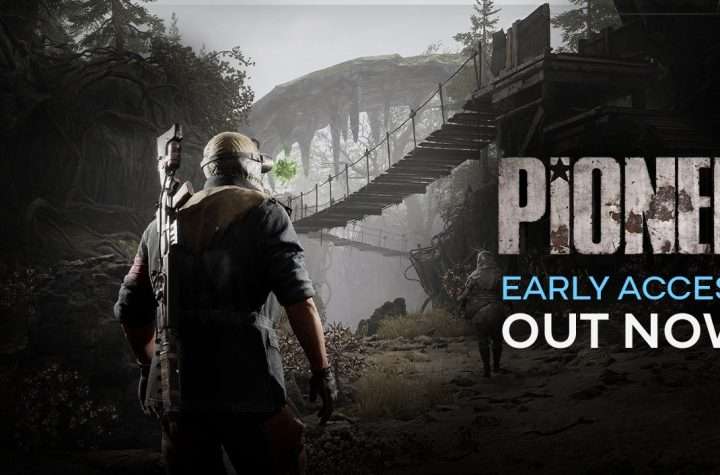
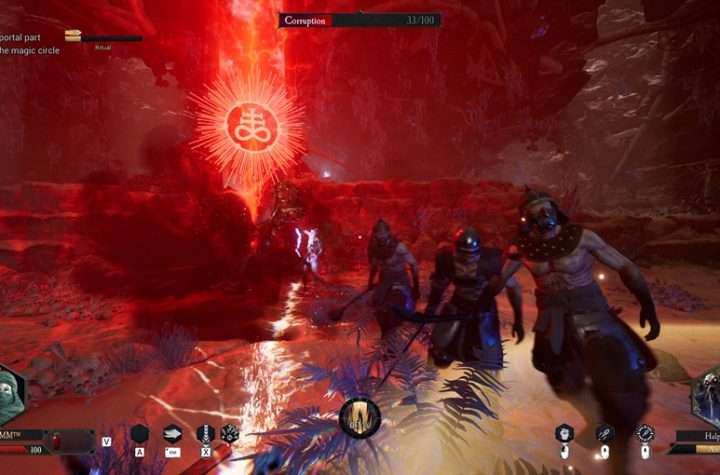
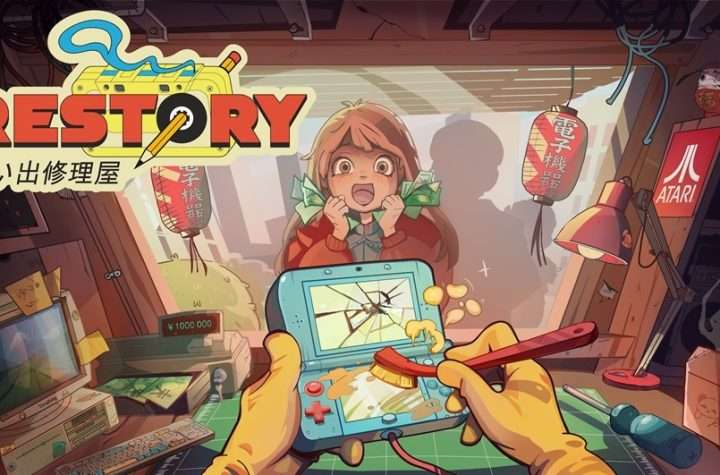
More Stories
Nintendo Download Update (December 18, 2025)
DAIMON BLADES Preview for Steam Early Access
ReStory Preview for Steam